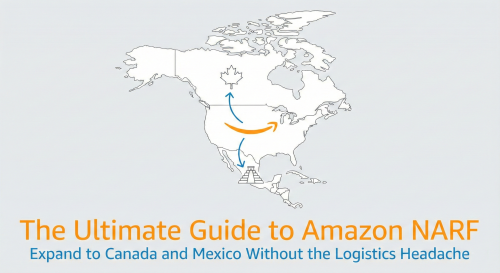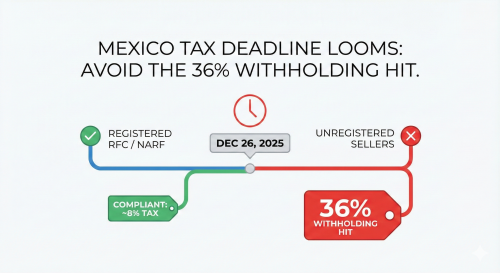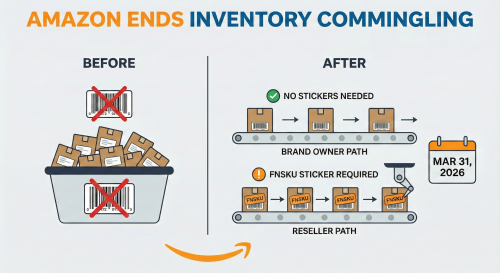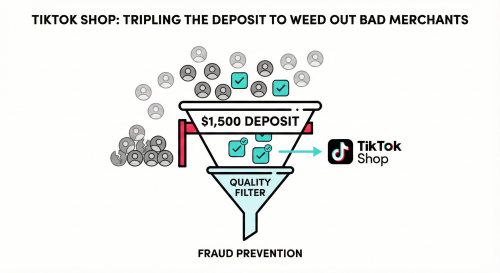
Perhaps a little-known retailer policy that many customers have come across but don't take seriously, when you purchase an item that is not satisfactory you have the option to get a refund and keep the item.
A 'returnless refunds' is a customer service policy whereby a retailer refunds a customer without actually returning the item. This method is beneficial in a variety of situations, such as when the cost of processing a return exceeds the value of the merchandise, when the merchandise is damaged or defective, or when the merchandise is difficult to resell.
Returnless refunds can streamline the refund process and reduce the hassle for the customer, thus increasing customer satisfaction. It also saves retailers the logistics costs of processing returns. However, businesses need to manage this policy carefully to prevent potential abuse and ensure that it is applied in the right circumstances.
Amazon said in a statement that it offers non-returns for refunds on a ‘very small number’ of items for 'customer convenience' .
Some buyers are tempted to try to exploit a loophole in the policy by making multiple attempts to purchase an item and then submitting it for a refund only. Keep in mind that Amazon tracks your account and will stop refunding you if you make too many refunds. Especially if you do this for many high-priced items.
Companies that offer non-refundable refunds do this occasionally, usually only for low-priced items or items with limited resale value. But some online shoppers say they are also allowed to keep higher-priced items.
Use algorithms to evaluate whether to offer customers refunds without returns
Implementing algorithms to evaluate whether to offer customers refunds without requiring returns involves a comprehensive approach that begins with data collection and integration. This includes analyzing customer purchase history, return patterns, product information, and customer feedback to gain a holistic view of consumer behavior and satisfaction. A risk assessment model is then developed, focusing on fraud detection through identifying suspicious patterns and using machine learning to segment customers based on their risk profiles. Predictive analytics further aid in forecasting the likelihood of legitimate versus fraudulent returns.
Next, a cost-benefit analysis is conducted to weigh the logistics costs saved by not processing a return against the potential long-term value of retaining a customer, known as Customer Lifetime Value (CLV). The analysis also considers the potential resale value of returned items. Decision-making algorithms are then employed, utilizing rule-based systems for straightforward cases, such as low-value items or first-time returns, while machine learning models are used for more complex decisions, incorporating feedback loops for continuous improvement. Dynamic thresholds are also implemented to adjust decisions based on current business conditions, such as inventory levels or seasonal demand.
Finally, the implementation phase involves pilot testing to evaluate the algorithm's effectiveness in a controlled environment, with performance metrics such as refund accuracy, customer satisfaction, and fraud rates being closely monitored. A feedback loop is established to continuously refine and improve the algorithm, ensuring it remains effective and aligned with business goals. By integrating these components, businesses can create a sophisticated system to offer returnless refundss, optimizing customer satisfaction while managing operational efficiency and minimizing fraud.
The Business Perspective
From a business standpoint, returnless refundss can lead to significant savings in logistics and handling costs. By eliminating the need to process returns, companies can reduce expenses related to shipping, restocking, and refurbishing returned goods. This efficiency can be particularly beneficial for online retailers, who often face high return rates due to the nature of e-commerce shopping.
Moreover, returnless refundss can enhance customer satisfaction by simplifying the return process. In a competitive market, offering this level of convenience can be a powerful differentiator, fostering customer loyalty and encouraging repeat business. Retailers like Amazon have already implemented such policies for certain products, setting a precedent that many other companies are beginning to follow.
Potential Challenges and Considerations
However, the adoption of returnless refundss is not without its challenges. One significant concern is the potential for abuse. Without the deterrent of returning an item, some customers might exploit the system to receive refunds while retaining products. To mitigate this risk, businesses must implement robust systems to track and analyze customer behavior, identifying patterns that might indicate fraudulent activity.
Additionally, there is the environmental consideration. While returnless refundss reduce the carbon footprint associated with shipping, they may inadvertently contribute to waste if consumers dispose of unwanted items instead of finding alternative uses for them. Companies can address this by encouraging customers to donate these items or recycle them responsibly.
The Consumer Angle
For consumers, returnless refundss represent a new level of convenience and satisfaction. The hassle-free process can be particularly appealing during peak shopping seasons, such as the holidays, when return lines and shipping delays can be frustrating. By removing the need to return items, consumers save time and effort, enhancing their overall shopping experience.
Did you know that if a customer buys more items than they return, they are considered a "premium customer"? This is because it is often the returning customers who bring profit to the platform.








